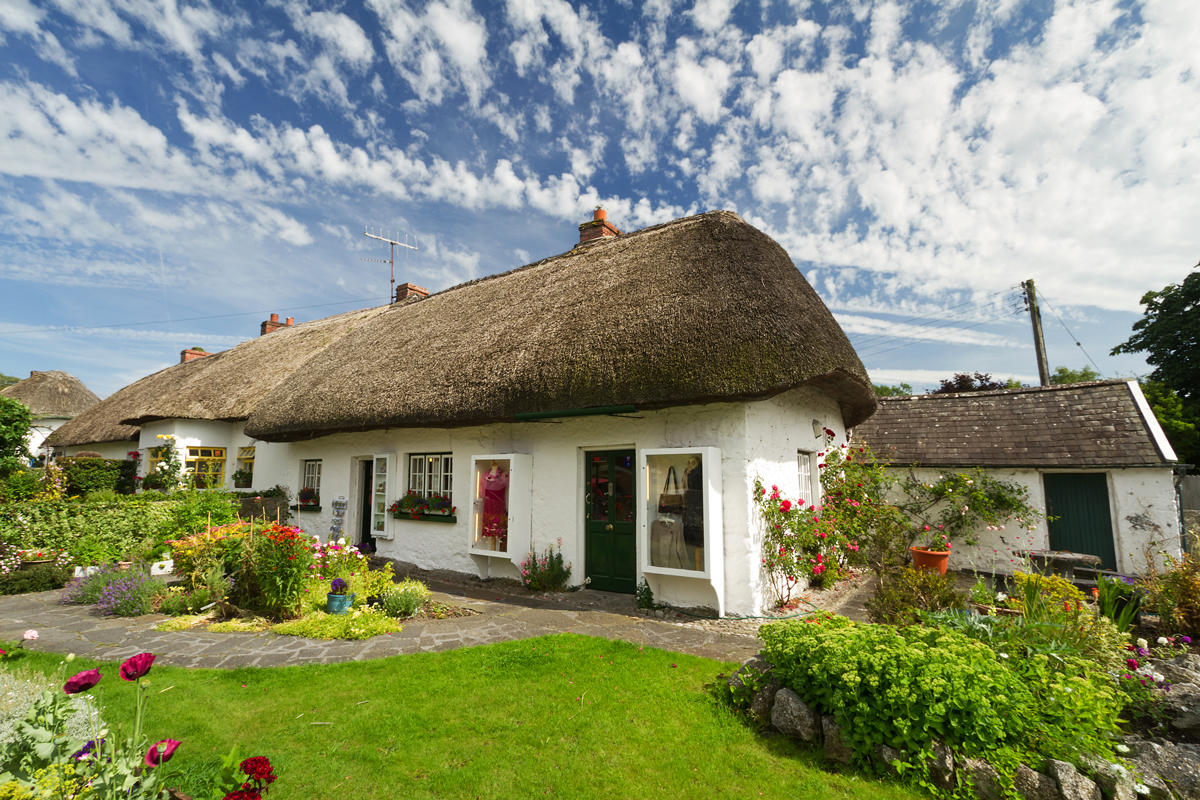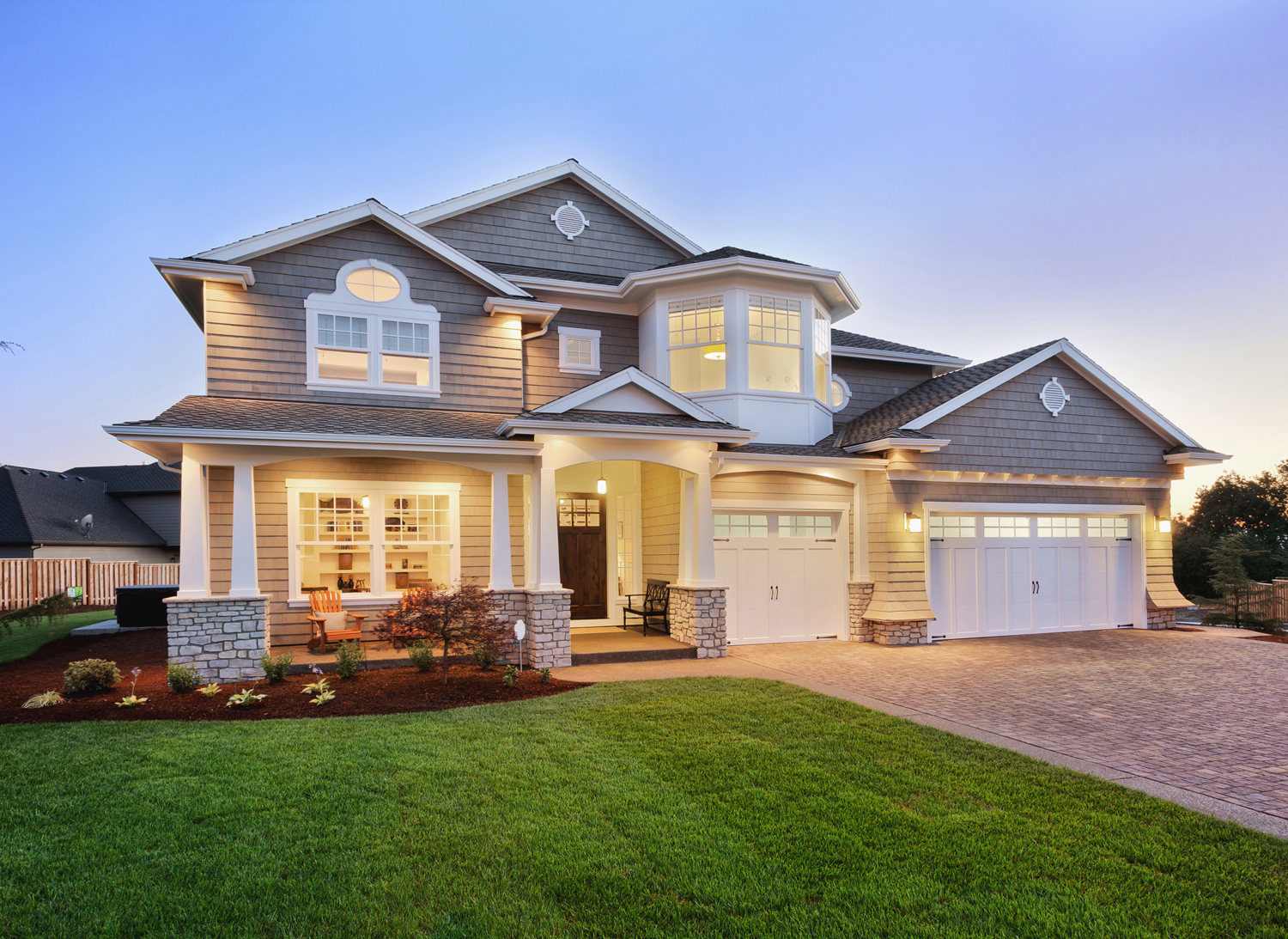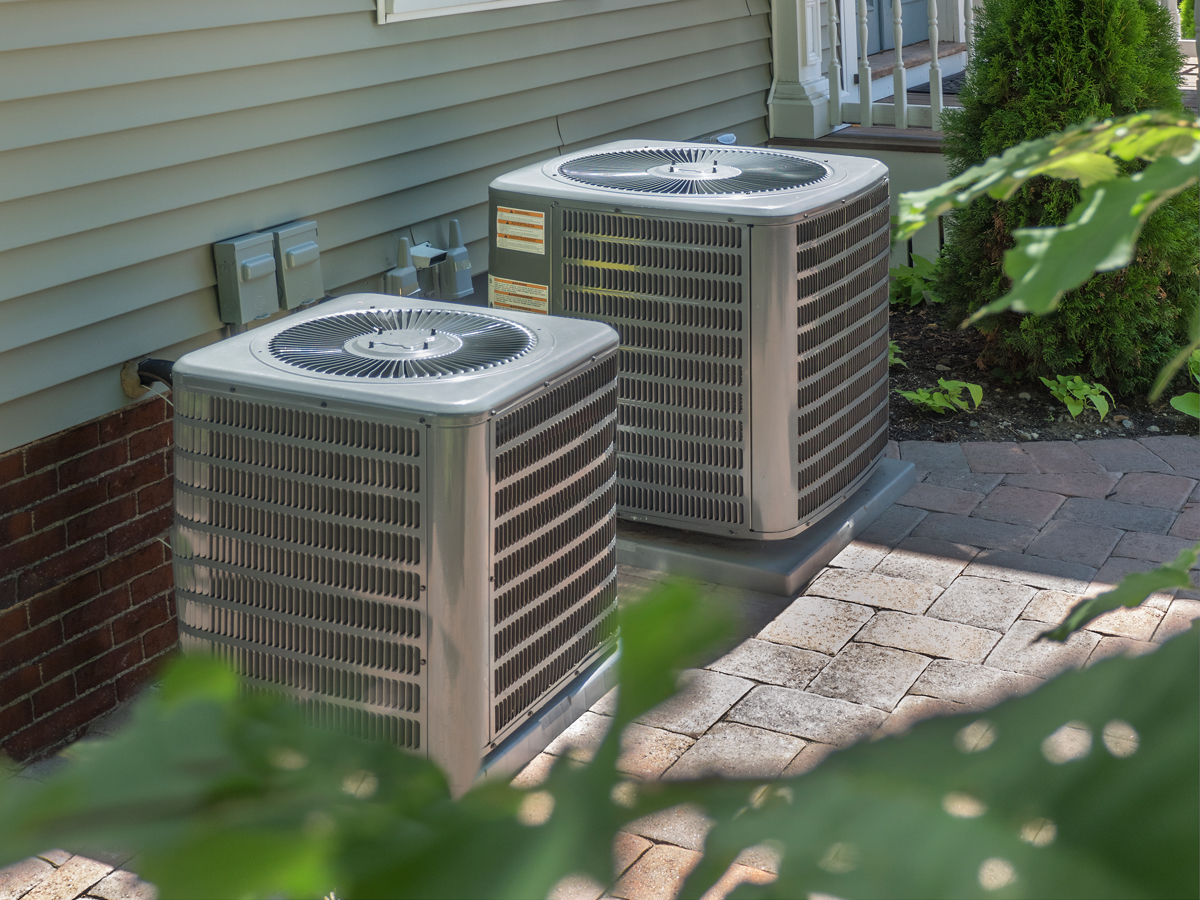BIGGER ISN’T ALWAYS BETTER, ESPECIALLY WHEN IT COMES TO YOUR LIVING SPACE. SO HOW MUCH SPACE IS WORTH THE PRICE, AND WHAT ARE THE TRADEOFFS?
As we know, your “stuff” will continue to expand to fill your space. And the time and money you’ll invest in cleaning, maintenance, heating, and cooling also correspond directly to the square footage of your home. The extra costs of maintaining all that space add up quickly. More things to keep up with, larger yards, and more rooms to fill translate to more money and more effort over the course of the year.
Many reasons exist for seeking out a larger living space in today’s world, especially compared to the historical sizes of homes. If you have a big family, there’s no getting around the need for a house with enough room to give everyone the privacy that they need, and to keep from stepping on each other’s toes. Who among us doesn’t want a play room, a romp room, a den, a music room, a she-cave?

And now that more people are working from home, a comfortable office and flex spaces enter the equation. Some passions like art, music, and outdoor adventure require additional storage space, and saving on square footage might not be worth cramping your style.
But it pays to find some middle ground between too much and too little space. Use these tips on evaluating your needs to weigh the pros and cons of opting for a larger house.
HOW BIG IS THE AVERAGE HOME?
The average home size has increased by about 1,000 square feet over the past 50 years. The average home in the United States right now covers a little more than 2,000 square feet. That number varies depending on geographic location of course–living in the middle of New York City looks starkly different than in rural Mid Atlantic.
Our houses also dwarf those in other parts of the world: homes throughout the United Kingdom, for instance, come out to a mere 800 square feet on average.

With the modern American tendency to supersize anything we can get our hands on, it’s easy to equate size with value, so a bigger home seems like a better investment—at first. The added costs of maintaining a large home, though, easily eat away at that perceived value.

WHAT CONTRIBUTES TO HOUSING COSTS?
The monthly mortgage on a bigger home sits naturally higher than that of a smaller one. A larger home also means more rooms to fill, more walls to decorate, more messes to clean up, more vacuuming, cleaning supplies, more air to heat or cool, more yard to tend, more appliances to maintain, and more square footage subject to tax. The average property tax in the U.S. costs about 1.5% of the total home value.
Heating and cooling costs increase disproportionately with size. One study found that it costs upwards of 70% more to cool a 4,000 square foot home over the summer than a house just 2,500 square feet.

Personal finance experts at the Balance suggest that annual maintenance costs add up to at least 1% of your home’s value, or $1 per square foot, for everything from lawn care and potential plumbing problems, to roofing repairs and painting.
Not only does the money add up, but so does the time. That sweeping landscape out back won’t mow, weed, or maintain itself. Nor will those deep kitchen counters and spare bedrooms care for themselves. If you’re working hard to keep up with a higher mortgage, your time might already feel stretched thin.
HOW MUCH SPACE DO I REALLY NEED?
To figure out the right balance between space and cost for your individual situation, consider these questions:
// How big is your current family? How much space does each person need to feel comfortable?
// Do you plan on increasing the size of your family during your time living in the home? This includes kids, pets, or elderly parents moving in for extra support.
// How much space do your home activities require? Do you need a home office or a craft room?
// How much storage do your activities outside of the home require? Do you need extra garage, basement, or closet space to keep everything safely stored when not in use?
// Do you prefer to relax at home or be out and about? How and where do you spend your time at home?
// Do you enjoy sharing your space with others? How often do you have people come visit, for the evening, or for days at a time?
// What do you like or dislike about your current living space? What feels like too much, too little, or just enough room throughout your home?
Every home is as different as the people that live in them. But understanding the costs that accompany homes of varying sizes can help you make a more informed decision about how much space is worth the price for you.
Written by Marketing on June 10, 2022
-
Paused Your Moving Plans? Here’s Why It’s Time To Hit Play Again
It’s not really a surprise that 70% of buyers paused their home search last… Continue reading -
Don’t Miss This Prime Spring Window To Sell Your House
According to Realtor.com, the best week to list your house this year was April 13–19. Continue reading -
4 Ways To Make an Offer That Stands Out This Spring
Now that spring is here, more and more buyers are jumping back… Continue reading -
The #1 Thing Sellers Need To Know About Their Asking Price
When you put your house on the market, you want to sell… Continue reading




